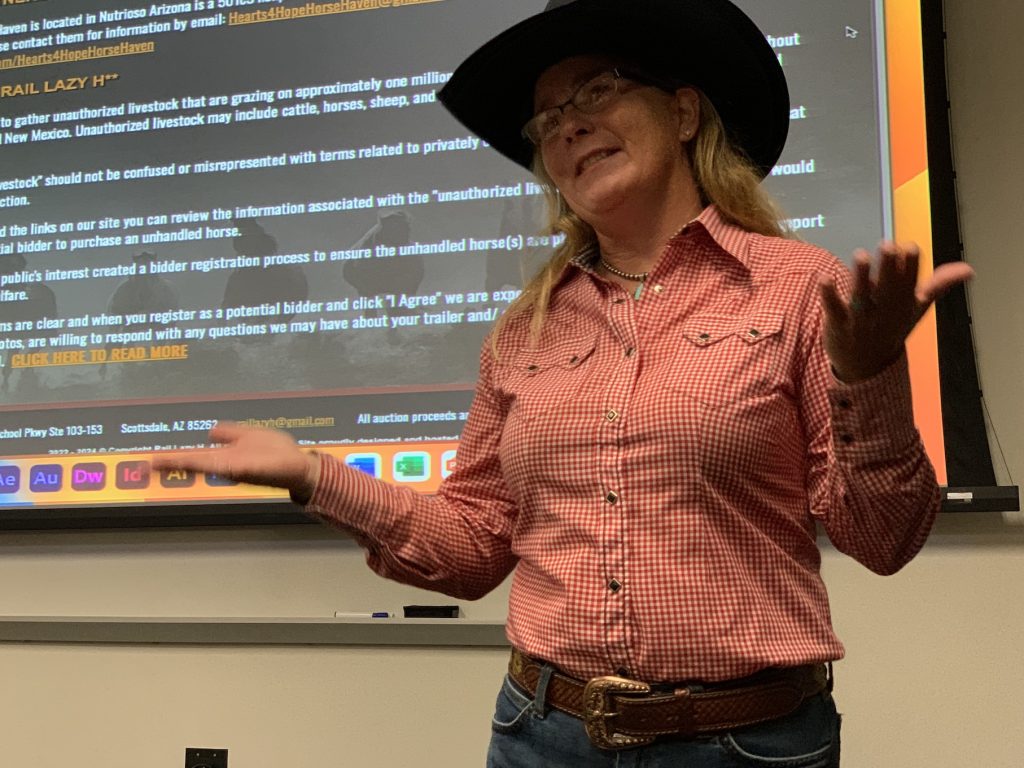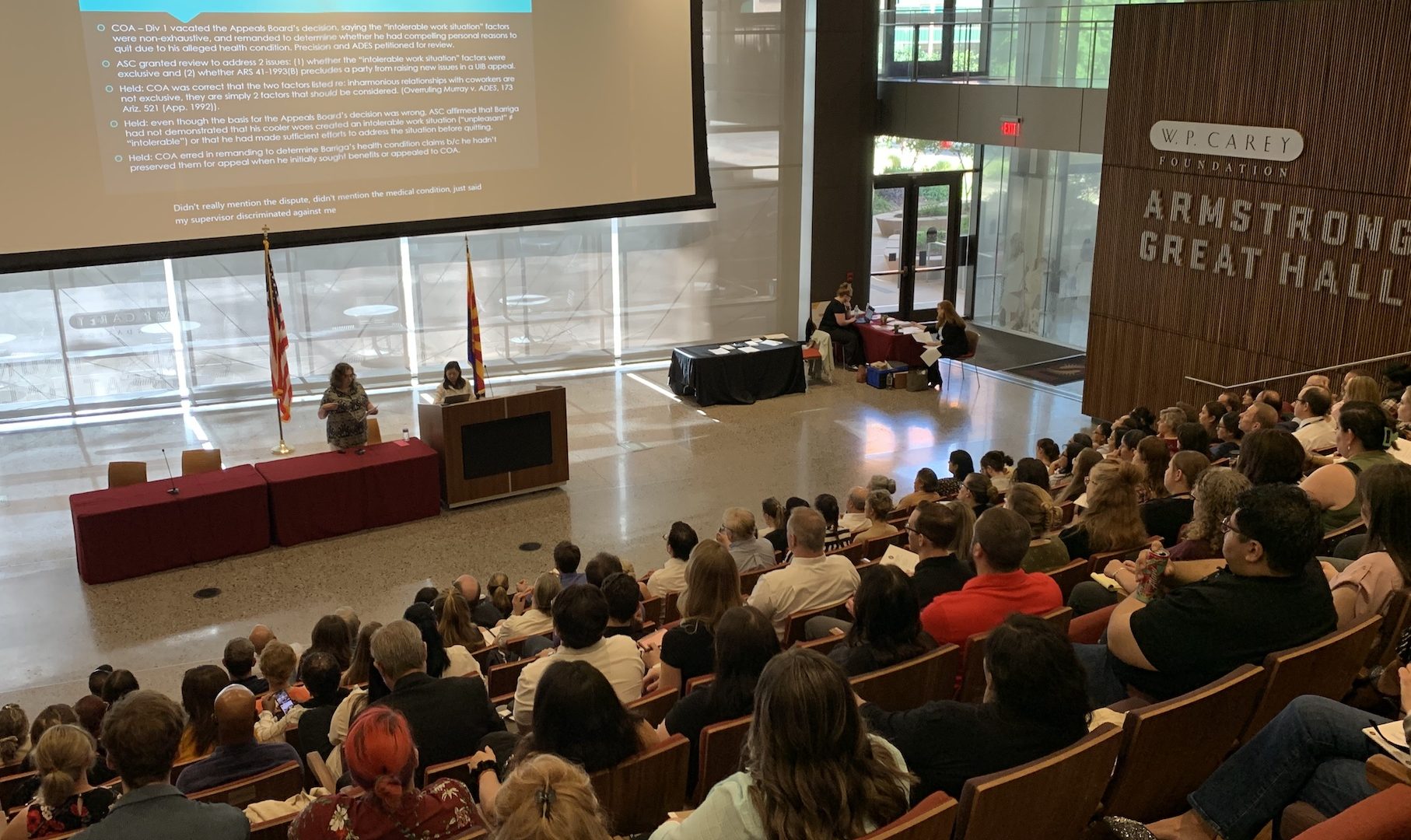As a participant in SUSI for Scholars, I have many things to say and share. However, since the beginning of this program my colleagues have been posting blogs about our daily activities. Today (Wednesday, June 19, 2024) we are approaching nearly three weeks here in Phoenix, Arizona. I would like to bring your attention to three activities we have done on this day.
I would like to begin with Armstrong Great Hall. Mr. Dan Barr invited us to join the “Office of Attorney General Kris Mayes Child and Family Protection Division (CFPD) CLE Conference 2024” in the Great Hall at the downtown campus of Arizona State University. Although I couldn’t understand the cases mentioned in the hall today, I gained something else instead: the idea of the Hall.
First of all, I would like to share some information about the Hall. It was built by The W.P. Carey Foundation, an independent philanthropic foundation and the brainchild of William Polk Carey. The foundation donated $3 million in the name of its owner’s grandfather, John Samuel Armstrong, who played an essential role in establishing ASU. This contribution has greatly benefited the members of the legal community in Phoenix.
The Armstrong Great Hall opened in August 2016, located in the Beus Center for Law and Society on ASU’s Downtown Phoenix campus. It is one of the many highlights of the new building for Sandra Day O’Connor College of Law. The Beus Center for Law and Society itself is a state-of-the-art facility that promotes sustainability and innovative design, aiming to foster collaboration among students, faculty, and the Phoenix legal community.
What is interesting here? This Hall plays a crucial role in bridging the gap between the university and the broader community. If I compare this to my country’s universities, I have never seen community engagement, welcoming space for the public, facilitating informal gatherings, community events, and social interactions in our university, except on the day of graduation ceremonies. What ASU does is the real role of the university. I should conduct a presentation and take this hall and the media & immersive experience (MIX)center at ASU as effective examples to show my university decision-makers.

On the same day, SUSI hosted Ms. Jackie Hughes from Rail Lazy H company, which manages wild horses. Ms. Hughes introduced herself as a former official of the Arizona Department of Agriculture, then highlighted some points about her job and its challenges. ‘’The mission of Rail Lazy H is to protect, promote and sustain conservation of the natural resources through balanced management of livestock and wildlife’’ she says.
In the state of Arizona, the issue of managing wild horses has sparked debate and differing perspectives. Some argue that capturing these horses is necessary for natural resources through balanced management of livestock and wildlife, aiming to protect them from overpopulation and ensure their health and sustainability in the ecosystem.
However, there’s strong opposition to this practice as well. Many believe that wild horses should be allowed to roam freely as they have historically done. They argue that capturing these animals and limiting them in fields goes against the principles of animal rights and natural freedom.
I told Jackie that I believe the best option is to find a way to prevent the horses from giving birth, because once an animal has lived freely in the wild, it’s ethically problematic to confine them in captivity.
This issue highlights the complex balance between conservation efforts and respecting the inherent rights of wild animals to live without human interference, prompting ongoing discussions and decisions about the best approaches to wildlife management in Arizona.

Mr. Dan Barr conducted three presentations. The first presentation was “The Anatomy of a Prepublication Review.” The second was “Journalists’ Use of Confidential Sources and the Legal Protections Attached to Them.” The third was on “The Prepublication Review Process in American Journalism Organizations.”
What I learned was that there are some similarities between journalism law in my country and here in the United States; however, there are also many dissimilarities. What I enjoyed the most was Mr. Dan’s legal experience since 1985, which included many examples during the presentations.
